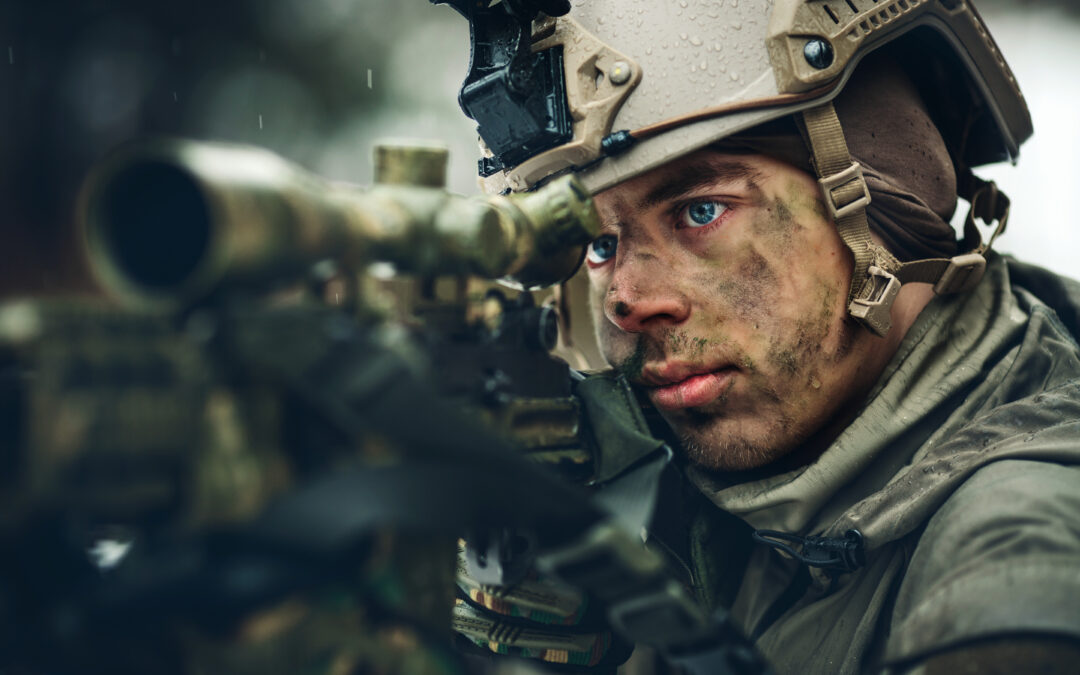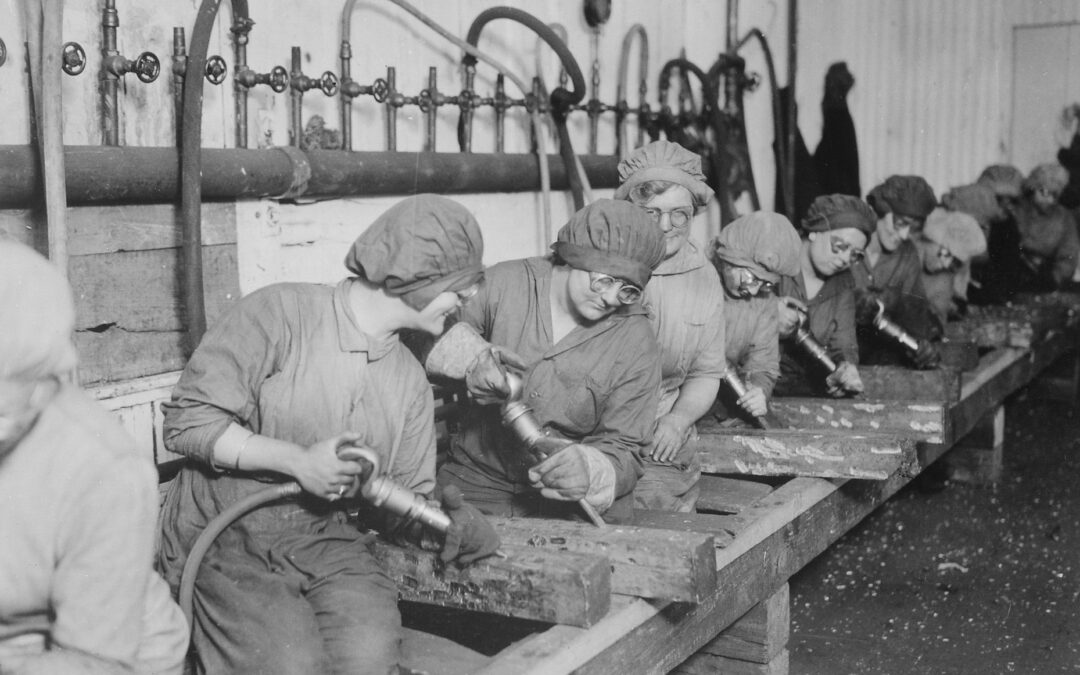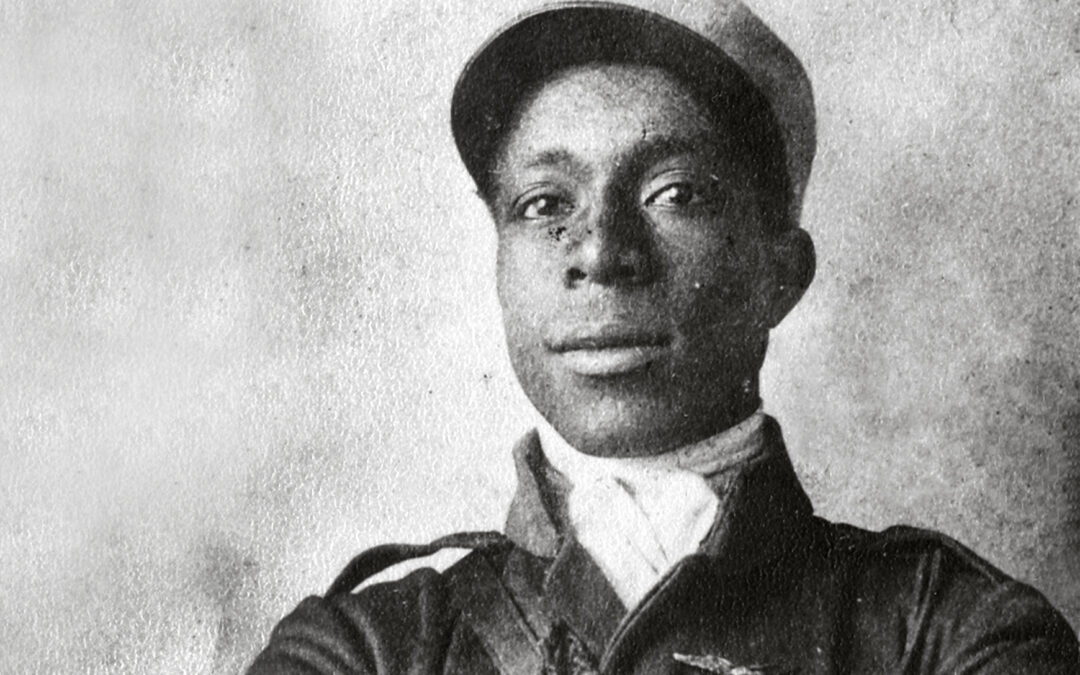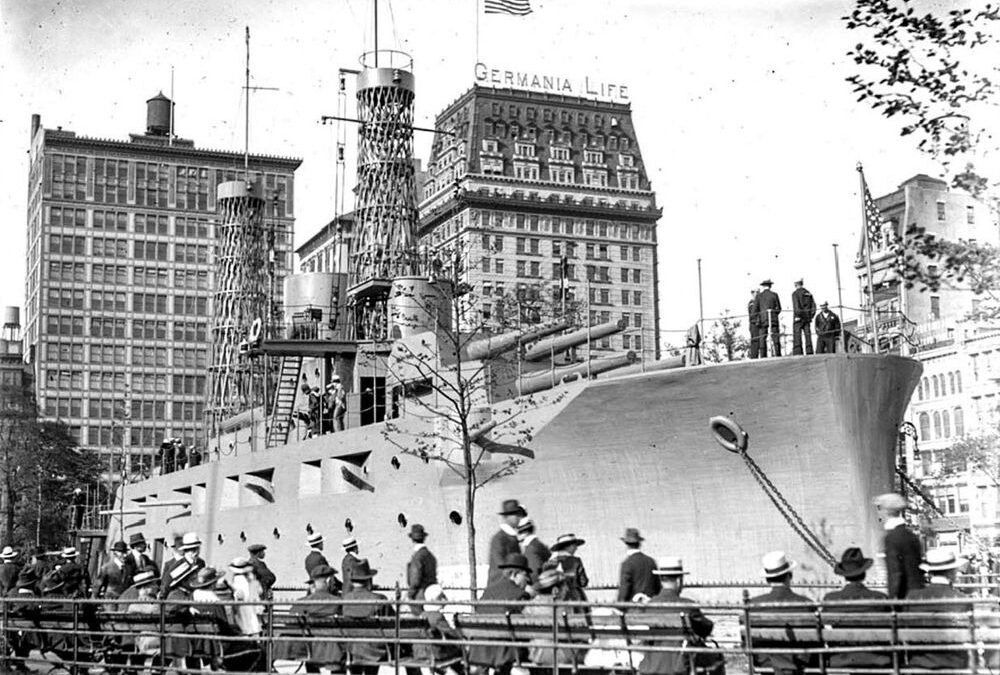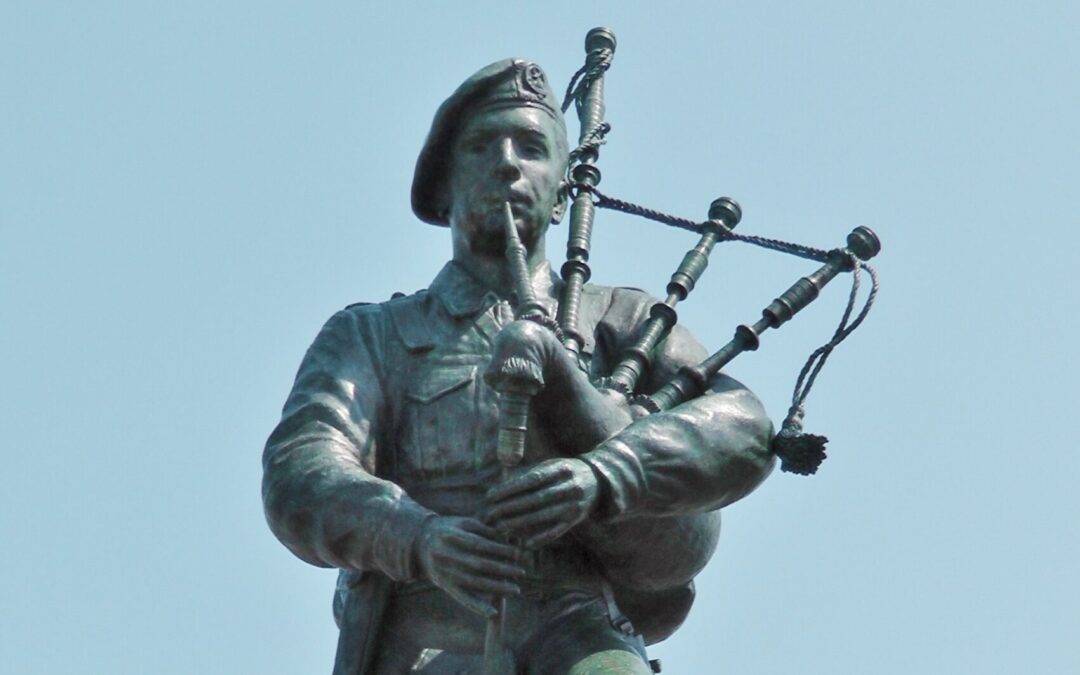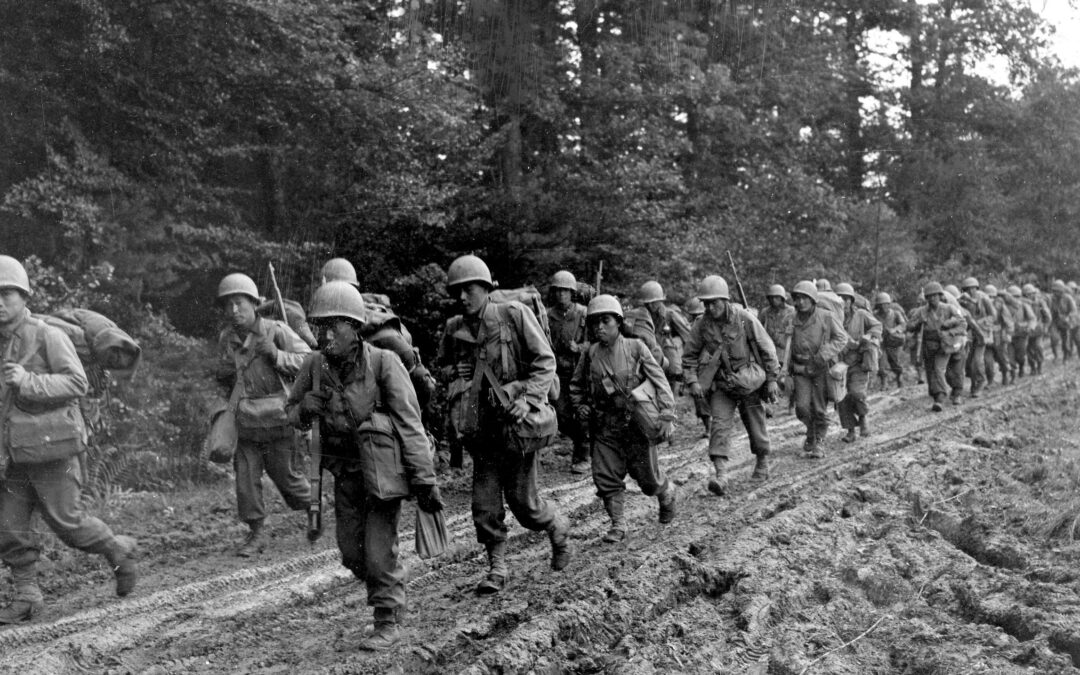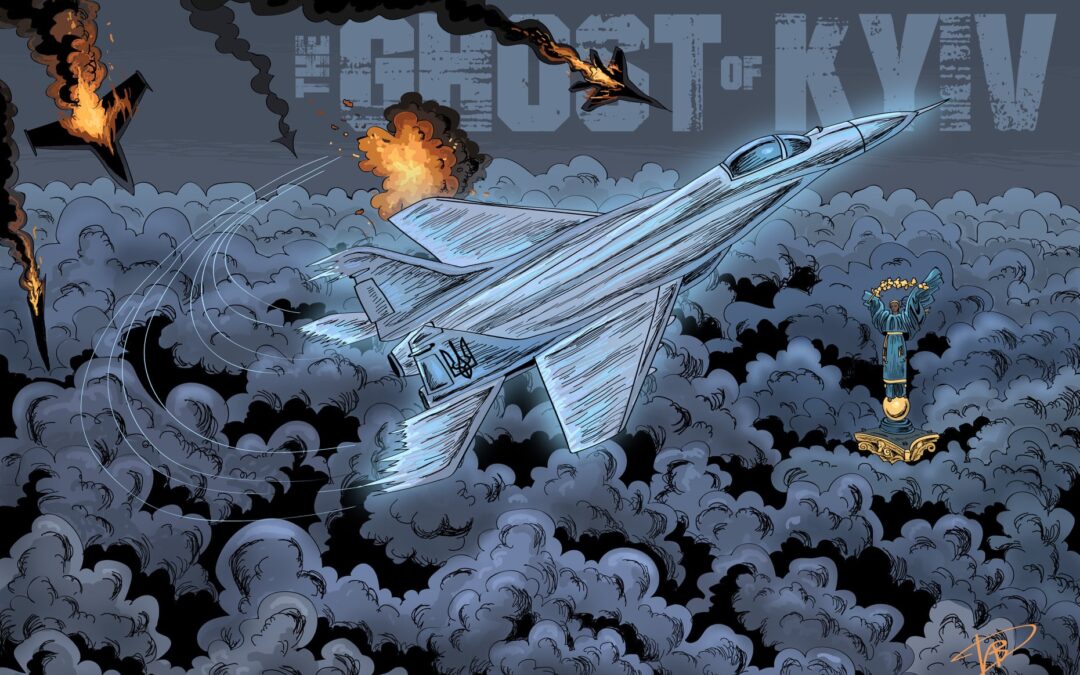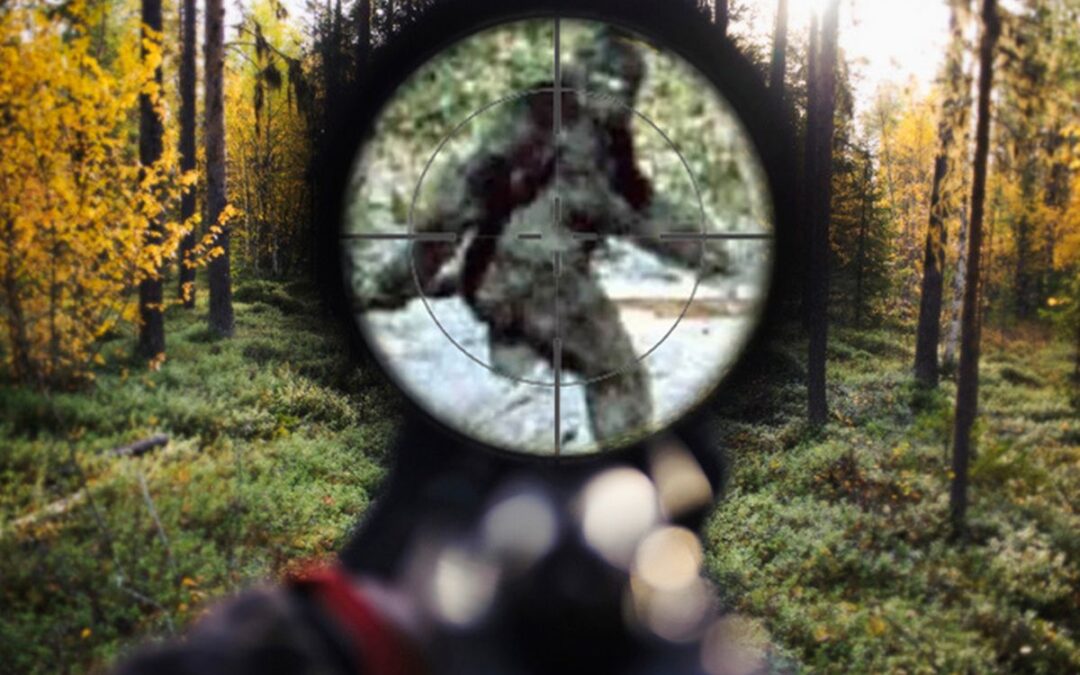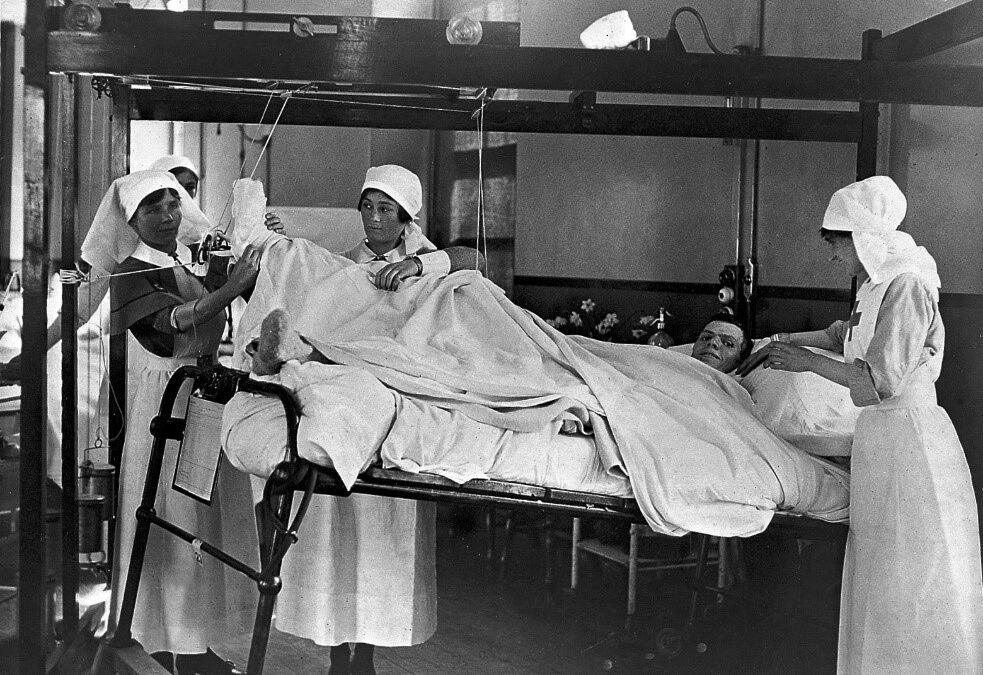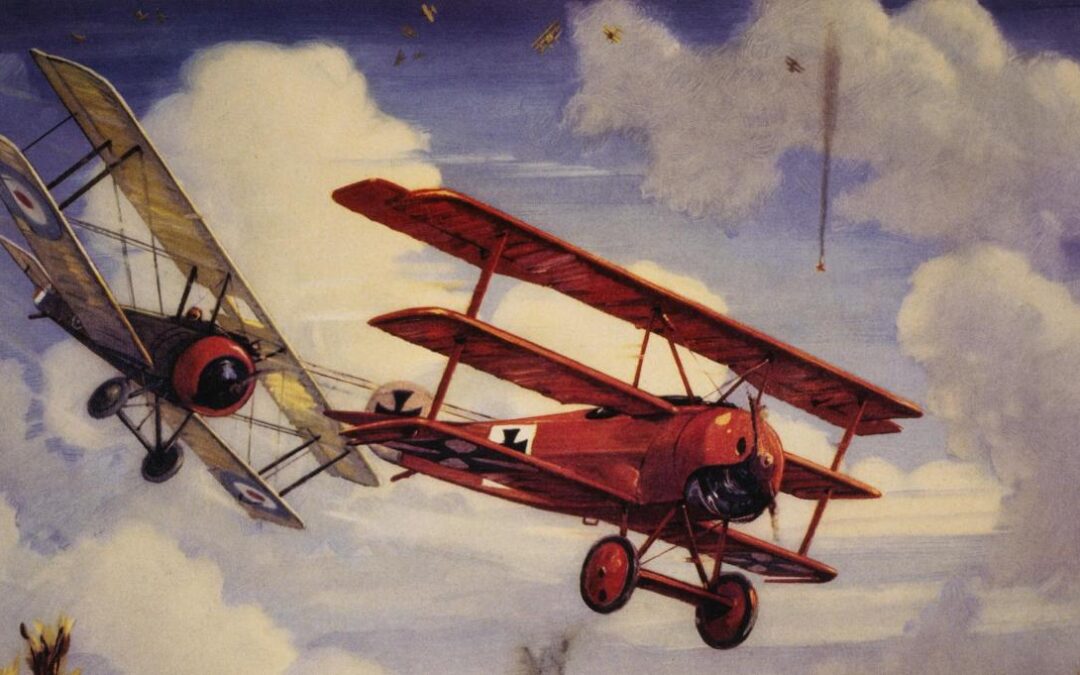Even though movies and television are supposed to be an escape from reality for a little while, veterans watching military movies will often have a hard time looking away from the train wrecks of military uniforms in those shows. The offenses can be small, such as uniforms wearing the wrong service's ribbons and medals, to the egregious, like wearing uniform items that don't even exist. Some movies even feature characters wearing the camouflage of a different country. The Rumor Surrounding Hollywood and Stolen Valor Charges One rumor that has persisted for decades is that Hollywood actually has to get military uniforms wrong in some ways, lest they be on the wrong side of some stolen valor charge. The rumor says that there is a federal statute of Department of Defense litigation that prevents studios from using proper uniforms. With some of the terrible uniforms depicted in some movies and shows, who could blame anyone for seeing the logic in that? The truth is that there is no...
